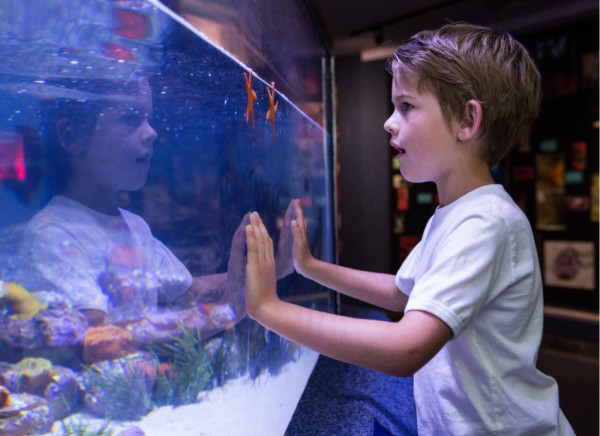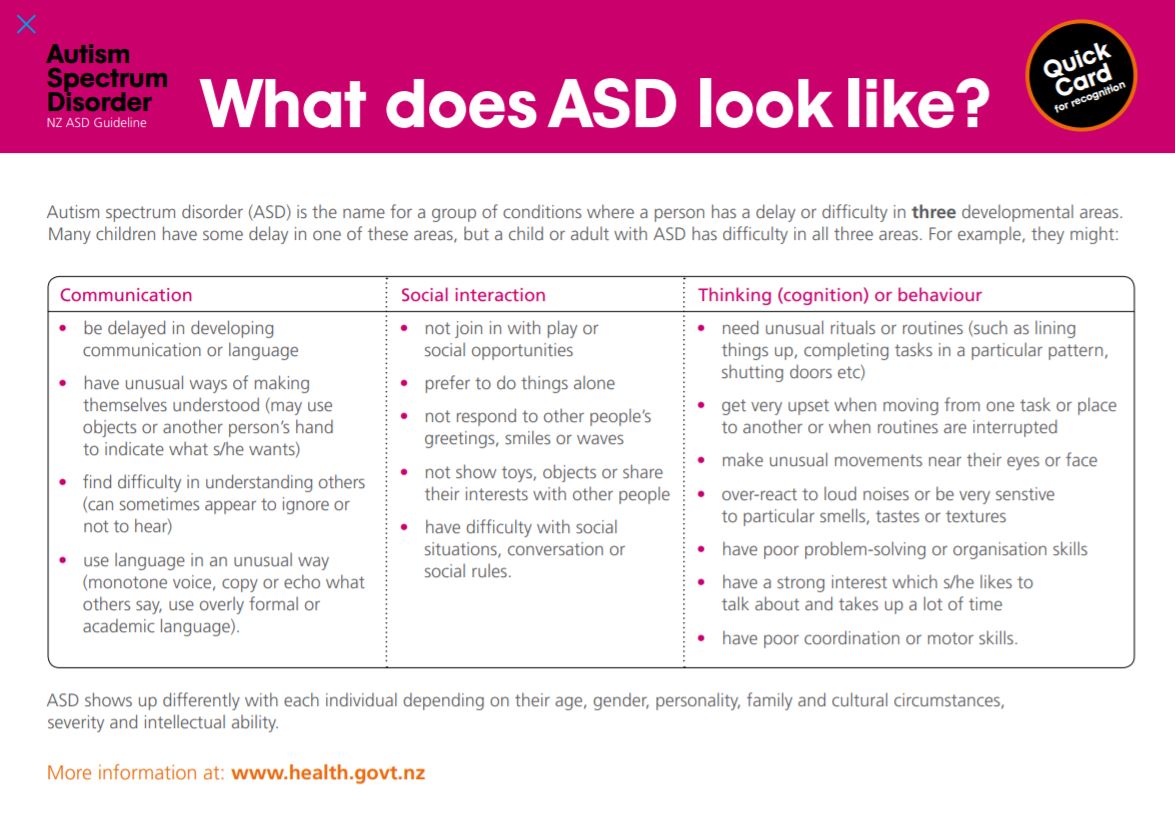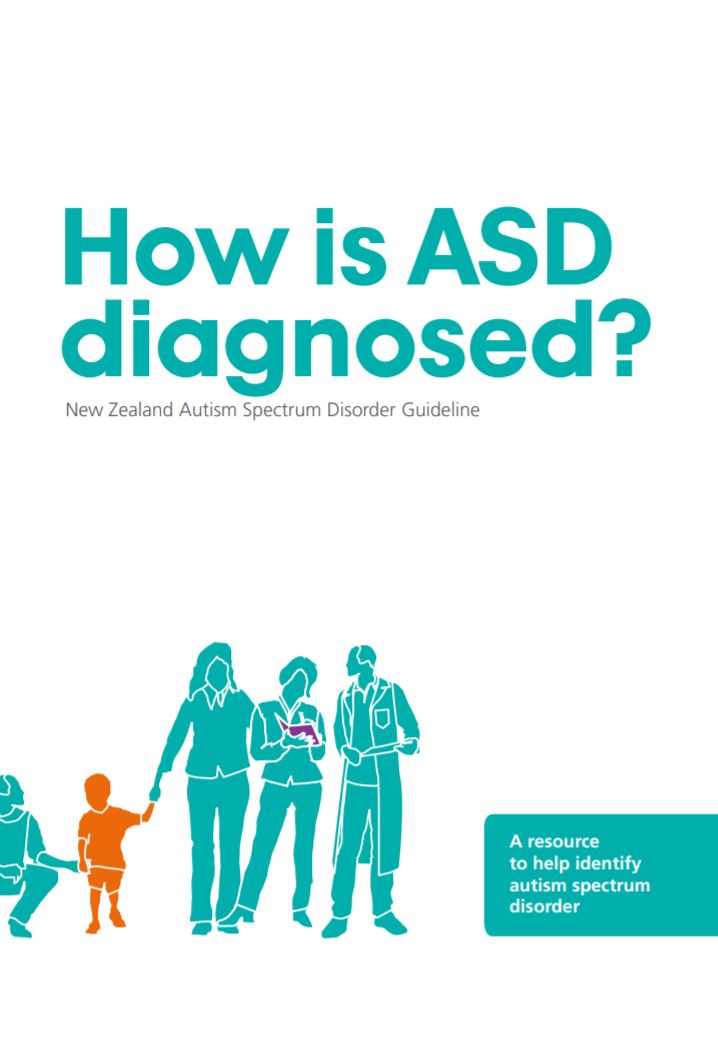Autism is a difference in development that affects:
- communication (verbal and nonverbal)
- social skills
- behaviour.
Communication and social skills
Communication and social skills develop in children at different rates. Communication involves many different skills. Children learn to understand what people say to them. They learn to speak clearly and use words and sentences to talk and to get their message across. They learn to understand and use gestures, signs and body language. They learn to look, listen and take turns in a conversation.
Children with autism have differences in how they develop these skills. It may take them longer. The way they communicate and interact with others might always be different. For example, some children with autism might take longer to learn to speak. Some may not speak at all. Others may learn to speak at the expected time.
"It is common for me and other people with autism to be unable to say the words to describe what is bothering us. It's also hard for us to figure out that other people don't experience the world the same way we do".
Behaviour
Children with autism often have differences in the way they behave. They can sometimes enjoy a narrow range of interests which they like to repeat and they may also like to play with toys differently than other children. Children with autism can sometimes make unusual movements with their body. They may have more difficulty with change than other children.
The way that children with autism experience their environment through their senses is different. They might find common sensations either calming and pleasant, or annoying and even painful. For example, they might find some loud sounds distressing. They might also find some body movements calming, eg, rocking or spinning.

Image credit: Depositphotos
Children with autism interpret the world differently
Children with autism interpret the world and what's happening around them differently than other children.
Autism is different for every child who has it
When people talk about autism spectrum, they're referring to the wide range of differences in children with autism. These differences can vary with age and can also vary over time in a child.
Rather than thinking about your child with autism as sitting somewhere on a line, imagine each of their skills in a circle. Your child will have strengths in some areas and challenges in others.










